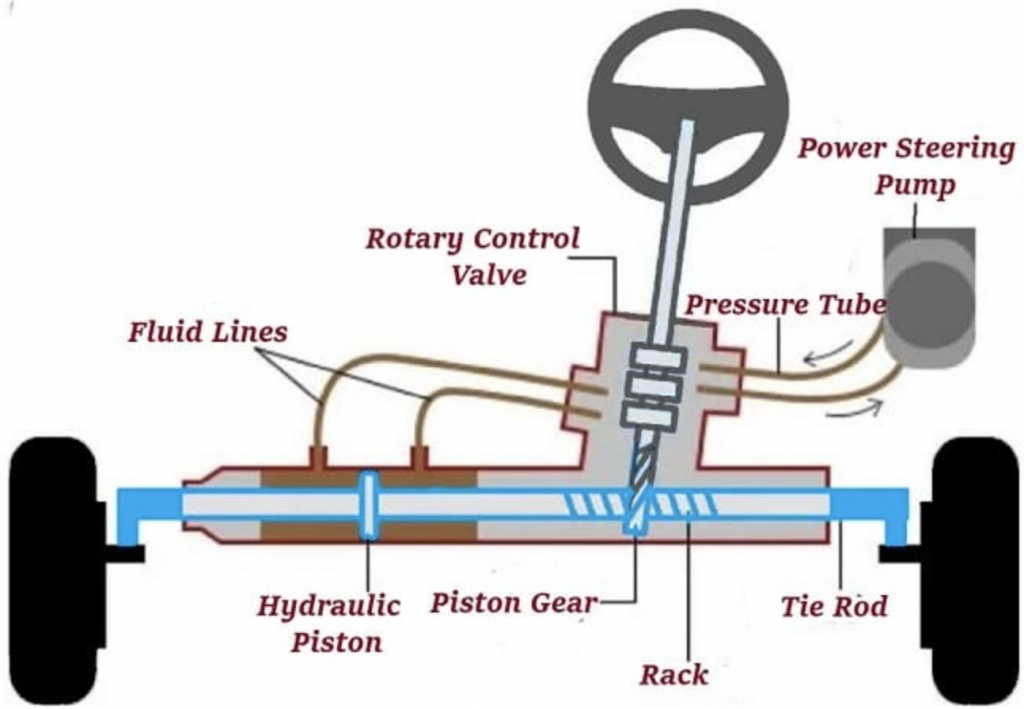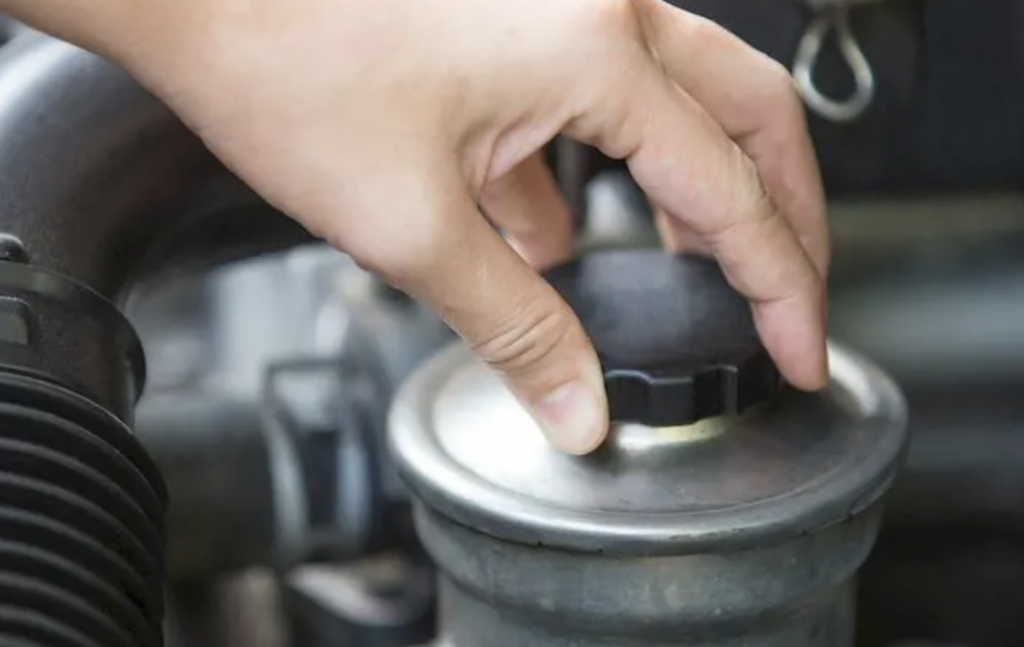Power steering makes it easier for you to turn the steering wheel, but things can and do go wrong with power steering system components. You need to have them checked periodically by a competent automotive service workshop to prevent the system from failing. You should also watch for warning signs associated with failure when you are driving. If you notice any of the danger signals, you need to contact the workshop immediately to request vehicle service.
Warning signs your power steering system may be failing
 If the system is hydraulic, it may fail gradually, so you need to look out for these signs:
If the system is hydraulic, it may fail gradually, so you need to look out for these signs:
- The steering wheel becomes difficult to turn.
- The steering wheel vibrates continuously when driving.
- Small turns of the steering wheel don’t deliver a noticeable movement in the vehicle’s front wheels.
- You have to refill the power steering fluid reservoir frequently. This is often an indication there is a leak somewhere in the system that should be identified and fixed.
- An unusual whining or groaning sound when you start the vehicle or turn the wheels.
On the other hand, if your vehicle uses an electric system, problems are easier to diagnose because the system either works or does not. Failure often indicates the power-assist motor or rack and pinion assembly needs replacement. Usually, the associated sensors will also require calibration.
More about power steering systems
Prior to the invention of power steering in 1951, it required considerable effort to turn the steering wheel, especially at low speeds. At that time, cars had to be equipped with relatively large steering wheels to give drivers additional leverage to steer the wheels.
Today, turning the steering wheel has gone high-tech. Power steering not only reduces the effort required to turn the steering wheel but also quickens the steering ratio, which is how much the steering wheel has to turn to bring about corresponding changes in the angle of the front wheels.
Types of power steering systems
There are essentially two types of power steering systems:
- Hydraulic power steering system
As the name implies, the hydraulic power steering system utilises hydraulic fluid pressurised by a hydraulic pump. The driver of the vehicle controls the pump either through a rack and pinion or a steering gearbox. The rack and pinion provides more precise control but the gearbox is more durable, which is why the gearbox is used in many SUVs and trucks. In both types of systems, the hydraulic fluid pressure is used to push against a piston attached to the steering gears. When the driver turns the wheel, the direction is controlled by a sensitive valve system.
precise control but the gearbox is more durable, which is why the gearbox is used in many SUVs and trucks. In both types of systems, the hydraulic fluid pressure is used to push against a piston attached to the steering gears. When the driver turns the wheel, the direction is controlled by a sensitive valve system.
There are downsides to the hydraulic power steering system. First, energy is wasted because the system is running continuously even when assist is not required, like when the vehicle is driving straight. Second, the hydraulic fluid needs to be replaced periodically because the system is prone to leaks. When this happens, power-assist may be lost. If the leak comes from the rack and pinion or the gearbox, it can be repaired by installing a rebuilt part. Pump, pressure and return lines also need to be replaced when they leak.
- Electric power steering system
The electric power steering system is becoming increasingly popular because it improves fuel economy and eliminates the need for hydraulic fluid maintenance. The system uses a direct current (DC) motor to provide power-assist instead of hydraulics. The power steering control circuit enables the system to adapt to various driving conditions. It delivers the right voltage to various components responsible for providing appropriate fluid pressure within the power steering system.
Conclusion
Power steering is now standard on virtually every new vehicle because it makes turning the steering easy. However, you should watch for any signs that the system could be failing and get in touch with a reputable workshop if you notice any problems. You also need to check the fluid level in the reservoir routinely, as low fluid in the hydraulic system can damage the power steering pump.
